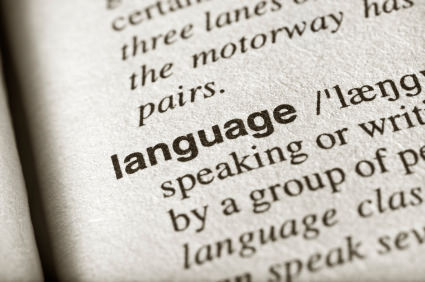The Semantics of Semiotics
Semiotics is undoubtedly an obscure realm of study, but it is a powerful tool for those with a talent for it.
May 14, 2018
Semiotics is the study of sign-usage and sign-behavior in respect to how they affect society. One of its founders, Ferdinand de Saussure defined semiotics as the study of “the life of signs within society.” What is significance? How does something become significant? What exactly is meaning? Although the definition of semiotics makes it a perfect vehicle of examination for, essentially, every other academic discipline, it wasn’t until the nineteenth century that it truly became the interdisciplinary mode of scrutinizing incidents within other fields.
American philosopher Charles Sanders Pierce’s seminal work in the avocation, though anchored in pragmatism and logic, was instrumental to the evolution of abstract semiotics. He was the first person to really define what a sign actually was. It is, quite broadly, anything that stands for something to anyone other than what can be taken at face value. Pierce took it even further, developing a more concrete definition of signs by categorizing them into three basic tropes. The first, an icon, is a sign that resembles its referent (like a ‘slow/children at play’ sign). The second type is an index, or a sign associated with the referent (such as smoke being a universal sign of fire). The third type, which is also the most abstract of the three, is a symbol: a sign that relates to the referent only through convention (such as words). Pierce’s greatest contribution as a semiotician was his admission of the subjectivity of symbols. He made it clear to every practitioner to follow that no sign could ever have a definite meaning, for the meaning must be qualified and then requalified each time it is encountered for the first time.
I take language, words, symbols and—correlatively—writing very seriously. I am a senior in high school and I have found, in my tenure as a writer, that it is an inexorable occupational hazard to be appalled by your own writing. I know I’m a good writer; I wouldn’t go so far as to say that I am the best writer I know, but there is a certain precociousness I will admit. The problem is, like I said, I am a senior in high school, and my voice on the page sounds like a 60-year-old Camus professor, badly translated from the French. But writing as I do, in woefully pretentious vagabond utterances, has turned out to be instrumental to my education. It brought me to understand things like semiotics. The obscurity of arcane knowledge appeals to my affected sense of what I consider the point of learning.
Despite it being a field of study that draws only blank stares when I bring it up, semiotics is a powerful analytical tool; having the ability to read signs effectively makes one aeons more perceptive and intuitive, subsequently improving upon scholarship. I discovered semiotics through literature. Specifically, I was reading Jeffrey Eugenides’s The Marriage Plot: the protagonist stumbles upon a semiotics course when a friend brings home a copy of Jacques Derrida’s Of Grammatology. She wonders what the book is about, as one does, and when she asks, her friend provides a vague philosophical admonition. Whitney, the friend, says something along the lines of “the idea of a book being ‘about’ something is exactly what this book is against.” It is about the need to stop thinking of books as having to be about things, rather than just being an end-in-themselves.
The general thrust of semiotics is that it’s some kind of linguistics-based sociological theory. Think about it, if our language shapes how we think, and our thoughts shape our culture, then if we look for a skeleton-key to make sense of culture, it is reasonable to start with the most elementary aspects of language: symbols, signs, metaphors, figures of speech. You could interpret a nuanced soliloquy using these tools as readily as you could a sophomoric pun.
Embracing something as obscure as semiotics comes with certain costs. For me, I’ve spent the last few years untangling my writing style. (It gets younger as I get older.) I spend far more time now learning from the insights of science and philosophy than deconstructing the truth-claims. Slowly, surely, I am killing off the urge to impress with convolution.
Recently, I’ve met someone who seems to have figured this out, and while I won’t call them out, I will acknowledge their simplistic poignancy as the respectable quality it is. I am not a particularly social, or for that matter, inviting person, so it took me a while to open myself to making friends when I moved schools this year. When I first spoke to this person for a long enough period to analyze their character, I recognized something in the way they spoke that stirred me. When I asked a question or made a point, they would respond with none of the drama I would have expected, having read their voice on paper. They seemed to be really saying something, rather than just saying something about the possibility of saying something. I had never met anyone as articulate, yet so unlikely to put their own arguments under erasure. Without my autodidactic interest in semiotics, I never could have caught that.
Semiotics, for all its needless multiplicity, taught me to look for new possibilities in the ordinary, turning signs into cynosure. For all our labels and assignments, semiotics has taught me that what we are and what we say and what we do doesn’t really mean anything until we choose what it means. And sometimes even that doesn’t make it so, because sometimes things just are.
